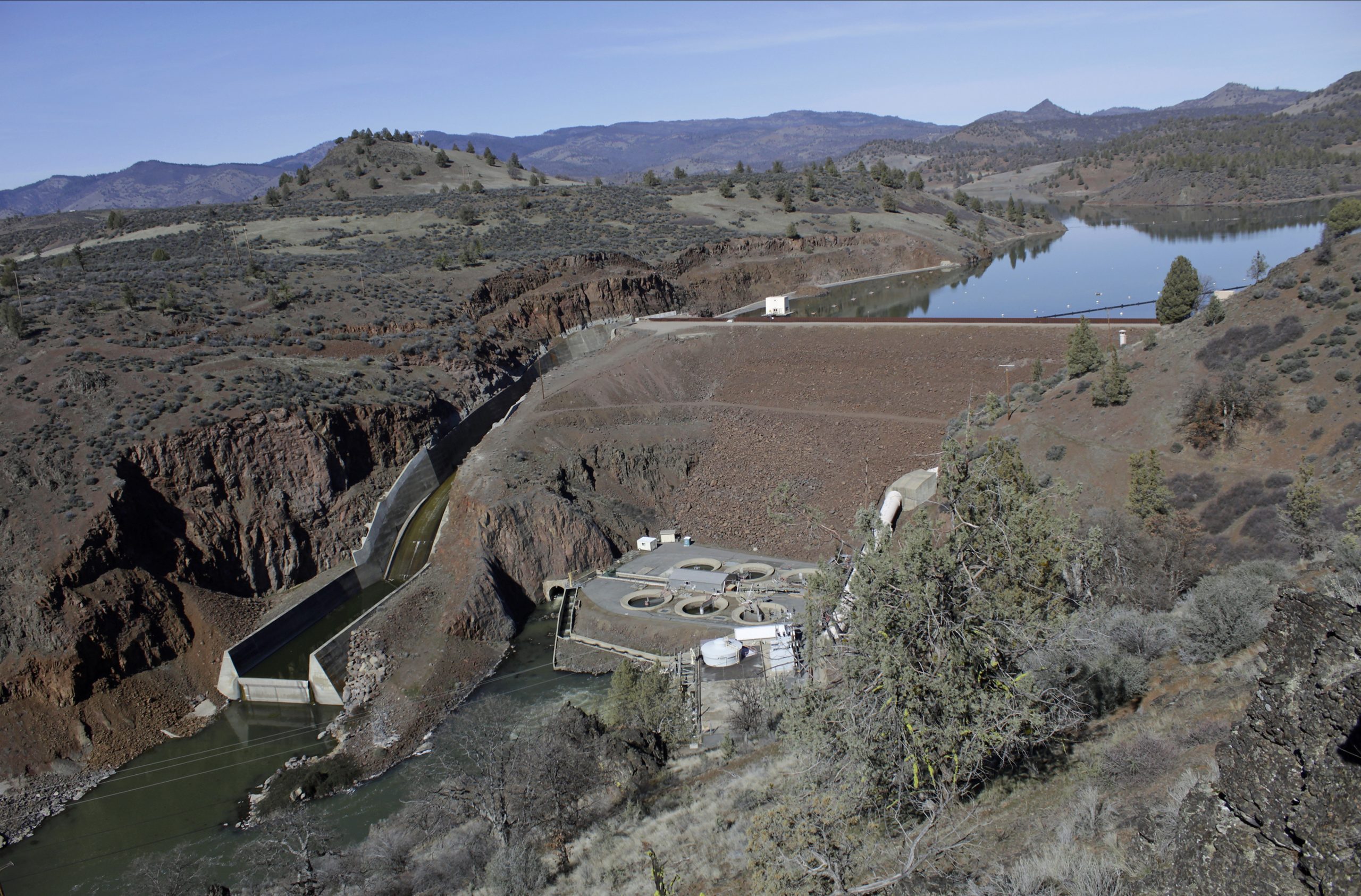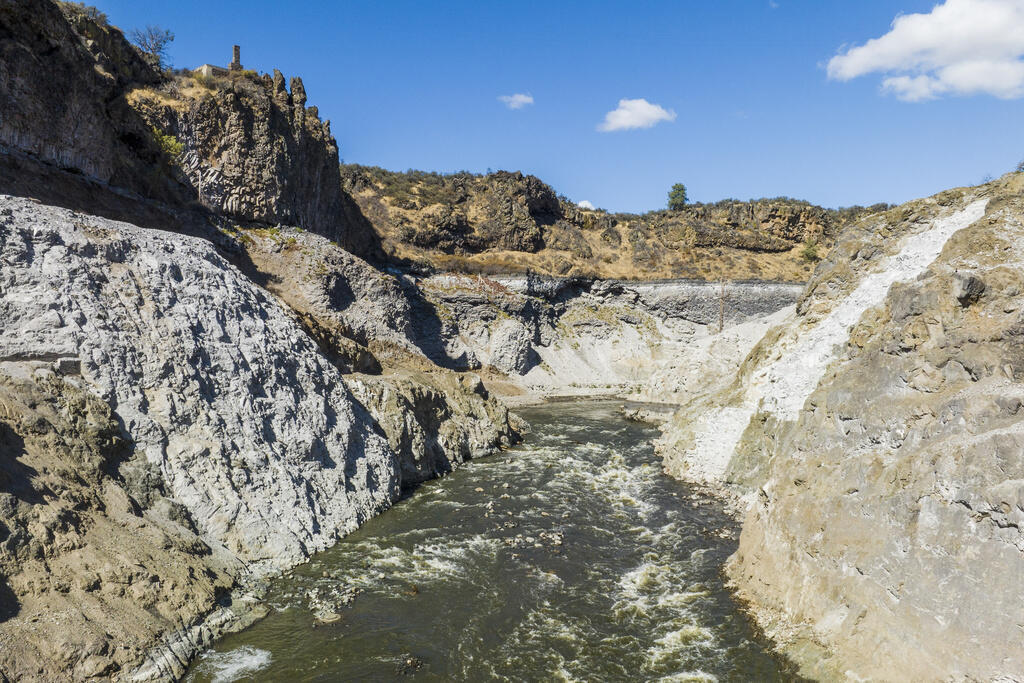After more than a century, salmon are once again swimming freely in the Klamath River and its tributaries, thanks to the successful completion of the largest dam removal project in U.S. history. This milestone, achieved on October 2, involved demolishing four hydroelectric dams that had long obstructed the river’s natural flow.
The first signs of this revival came just a day later when researchers observed Chinook salmon migrating into previously inaccessible areas above the site of the Iron Gate Dam. This marks the beginning of the fish’s return to their historic habitats, a critical step in restoring the region’s ecosystem.
The removal of the dams is seen as a triumph for local tribes, who have fought for decades to restore the river and its wildlife. Through a combination of legal battles, protests, and environmental advocacy, the tribes highlighted the severe damage the dams caused to salmon populations.
The structures prevented the fish from migrating to their spawning grounds, disrupting the salmon lifecycle and leading to significant population declines. The environmental toll was tragically evident in 2002, when a bacterial outbreak, worsened by low water levels and warm temperatures, killed over 34,000 salmon, spurring years of intensified conservation efforts.

Damon Goodman, a regional director for California Trout, expressed his pride and humility at witnessing the salmon’s return, acknowledging the tireless work of Tribal partners. While this moment is a significant victory, Goodman emphasized that the recovery process is far from complete.
Researchers will continue to track migrating salmon, including Chinook, Coho, and steelhead trout, using advanced technology like SONAR. This data will help assess how the river and its fish populations respond over time, contributing to a long-term effort to heal the ecosystem.
The dam removal is part of a larger movement to restore rivers across the United States. Since 1998, more than 2,000 dams have been removed, and the Klamath River project represents one of the most significant such efforts.
Along with the removal of the Elwha River dams in Washington and others in the Pacific Northwest, the Klamath project is a symbol of hope for the restoration of natural river systems. These efforts aim to restore fish migration paths and rebuild the ecosystems that depend on healthy rivers, but success will require ongoing monitoring and management.
Historically, the Klamath River was once one of the West Coast’s most productive salmon rivers. However, the construction of the dams between 1918 and 1962 disrupted the flow of the river and blocked access to key spawning grounds. This, combined with environmental stressors, led to a dramatic decline in fish populations.
After the devastating salmon die-off in 2002, the call for action grew louder, and in 2022, federal regulators approved a plan to remove the dams. This project represents a critical turning point for the river, offering the hope of a restored ecosystem where salmon, other fish species, and the broader natural environment can thrive once again.

